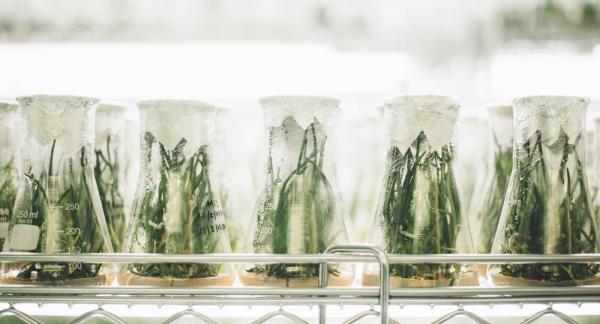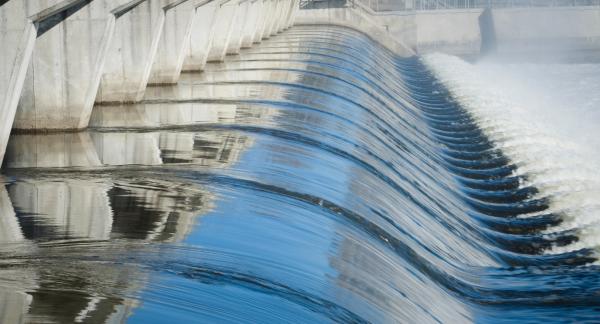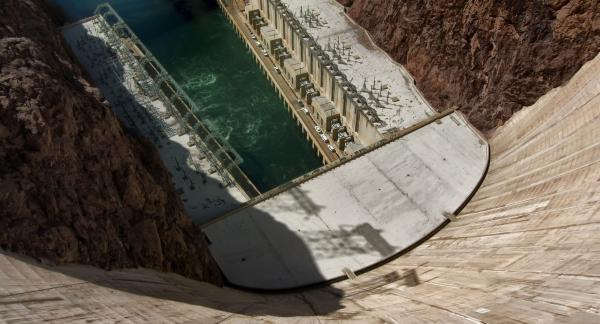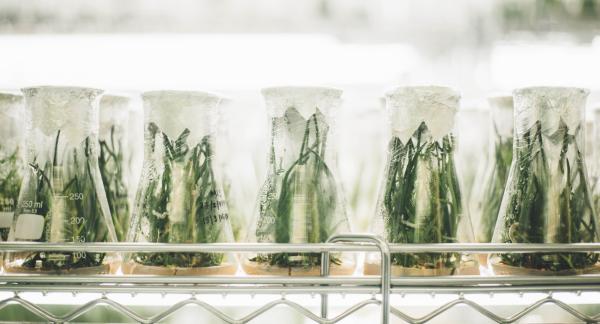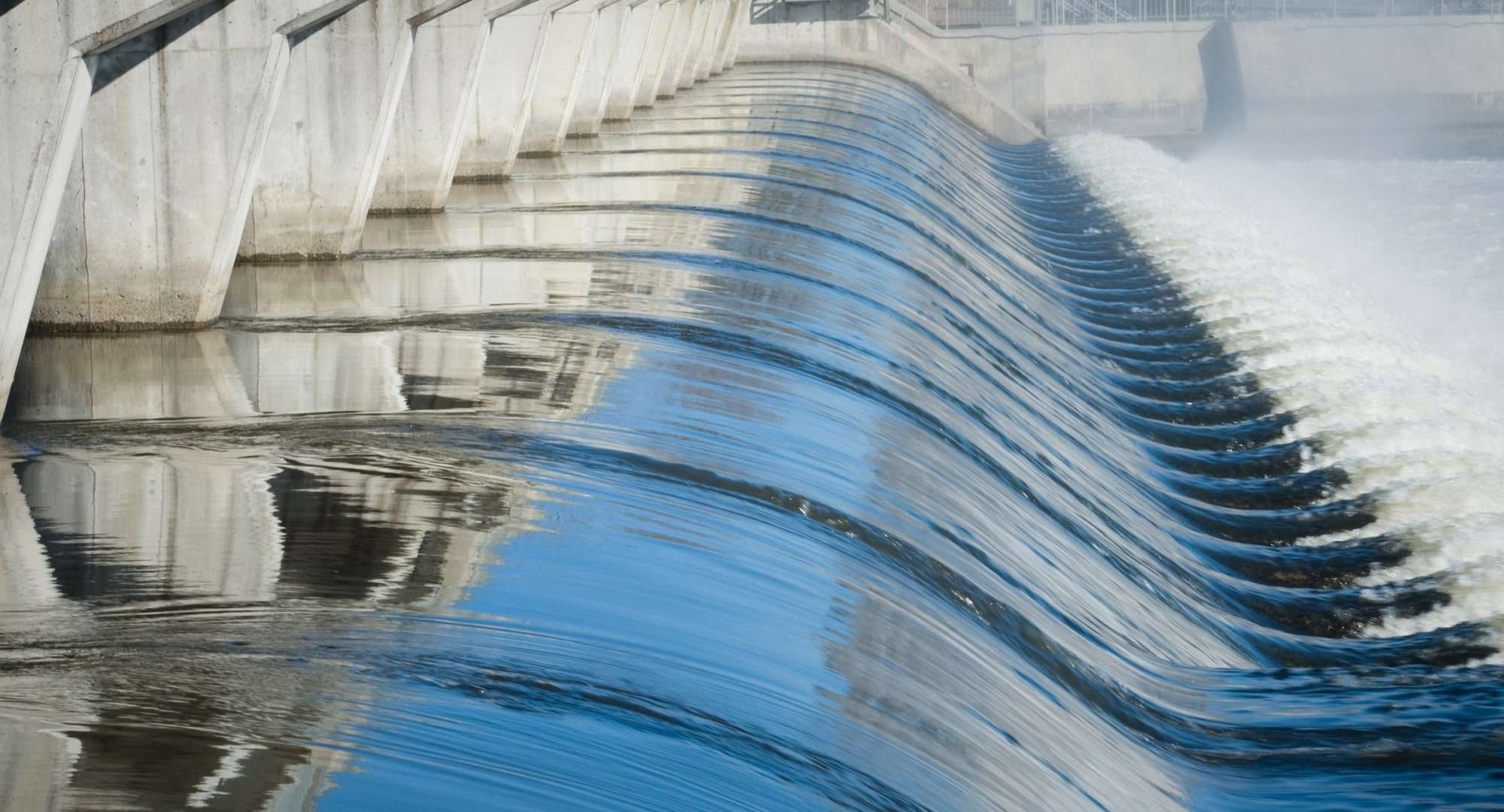
HYPOWERS: Hydrothermal Processing of Wastewater Solids
Abstract
The objective of Phase 1 of the HYPOWERS project was to design a pilot hydrothermal processing (HTP) system, including all engineering, marketing, financial, and regulatory requirements to release the design for construction at a Critical Design-3 (CD-3) level if the project is awarded Phase 2. HTP converts wastewater solids (sludge) at subcritical temperatures and pressures into biocrude oil and natural gas in less than an hour. The biocrude oil replaces fossil oil, providing green fuels with extremely low net new carbon emissions; the gas can be used in the same ways as fossil natural gas. A primary benefit for utilities is the nearly complete elimination of wastewater solids. Industry data show that solids management accounts for 50% to 60% of the operating cost of a utility, and this cost will likely increase in the future with new regulations and disposal difficulties. The HTP process has already been demonstrated at smaller scales, but a larger system running continuously in an industrial environment is needed to support full commercialization. If fully implemented in water resource recovery facilities (WRRFs) across the United States, the technology will produce more than two billion gallons of gasoline equivalent per year.
The pilot project will process 15 wet metric tons per day (3 dry metric tons) of wastewater solids and will be sited at the Central Contra Costa Sanitary District (Central San) in Martinez, CA. This pilot unit will handle about 1/10 of the daily wastewater solids produced at Central San. The project team includes WRF, Genifuel (commercial technology provider), Pacific Northwest National Laboratory, Merrick Engineering, Brown and Caldwell, Microbio Engineering, and SoCal Gas. Additionally, 16 utilities are participating in this project.
The Phase 1 results are available below under Resources. The project partners are currently exploring options for proceeding with Phase 2 (construction and operation) of the project.
Originally funded as WERF project LIFT20SG17.
